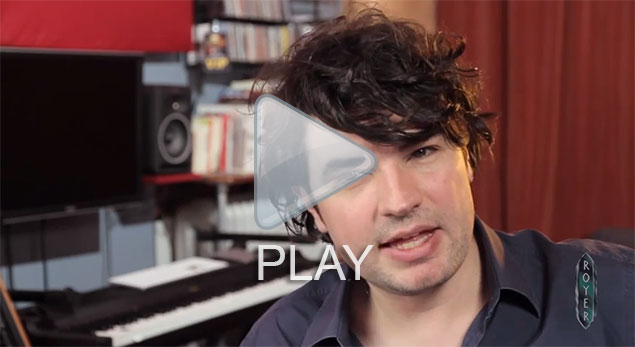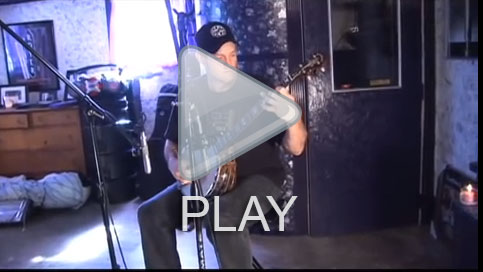Alison Brown and Stewart Duncan Recording Banjo With Ribbon Microphones
Royer Labs and Deering Banjo Company teamed up with renowned musicians Alison Brown and Stuart Duncan, with engineer Matt Coles at the controls at Nashville’s historic Compass Studio, to make this video series on recording the banjo with ribbon microphones. Alison and Stuart have played on many hundreds of recordings and share their deep knowledge of recording the banjo. Matt Coles gives expert advice on microphone placement, working with the back side of R-121s, how to work with the ribbon microphones figure-8 pattern, phase relationships, and more.
Recording Engineer:
Matt Coles. Recorded at Compass Records Sound Studio, Nashville TN.
Signal Chain:
Royer ribbon mics through API 3124 preamplifiers, recorded to Pro Tools. No EQ or effects used.
VIDEOS:
Episode 1: Alison Brown At Compass Records Sound Studio Recording Banjo With Ribbon Mics
Episode 2: Alison Brown & Stuart Duncan Duet Recording Banjo with Ribbon Mics
Episode 3: Stuart Duncan Recording Old-Time Clawhammer Banjo With Ribbon Mics
Episode 4: Stuart Duncan on His Favorite Ribbon Microphone Positions
Episode 5: Engineer Matt Coles Tips on Recording Banjo, with Alison Brown
Episode 1: Alison Brown At Compass Records Sound Studio Recording Banjo With Ribbon Mics
Alison Brown introduces this video series, which was shot and recorded at the famous Compass Records Sound Studio in Nashville TN. Hear Alison play “Steam Powered Aereo Plane” and talk about her Deering Julia Belle banjo and how she records it with ribbon microphones. Recording Engineer Matt Coles joins her to talk about his favorite places to position a ribbon mic on the banjo.
Episode 2: Alison Brown & Stuart Duncan Duet Recording Banjo with Ribbon Mics
Alison Brown and Stuart Duncan play “Arkansas Traveler” together, then recording engineer Matt Coles walks us through his banjo recording methods. Matt talks about mic positioning, using the R-121 backwards on banjo, phase relationships, and more, while Alison plays solo banjo to demonstrate. In this video, Alison plays a Deering Julia Belle miked with two R-121s and Stuart plays a Deering Vega Vintage Star miked with one R-122V.
Episode 3: Stuart Duncan Recording Old-Time Clawhammer Banjo With Ribbon Mics
Stuart Duncan walks us through how he uses ribbon mics to record old-style Clawhammer banjo, plays “Arkansas Traveler” and shares his feelings about using ribbon microphones throughout his career. Stuart plays a Deering Vega Vintage Star banjo in this video, with an R-122V tube ribbon mic in front and an R-121 behind picking up the tone coming off the rear of the instrument.
Stuart Duncan Talks About His Favorite Ribbon Mic Positions for Recording Banjo With Ribbon Microphones
Episode 5: Engineer Matt Coles Tips on Recording Banjo, with Alison Brown
Recording Engineer Matt Coles summarizes his banjo recording tips and shares a few more pearls of wisdom on how to get the most from banjos with ribbon microphones. Alison Brown caps off this video series, taking us out with a beautiful rendition of “Oh Susanna” on her Deering Julia Belle banjo.



